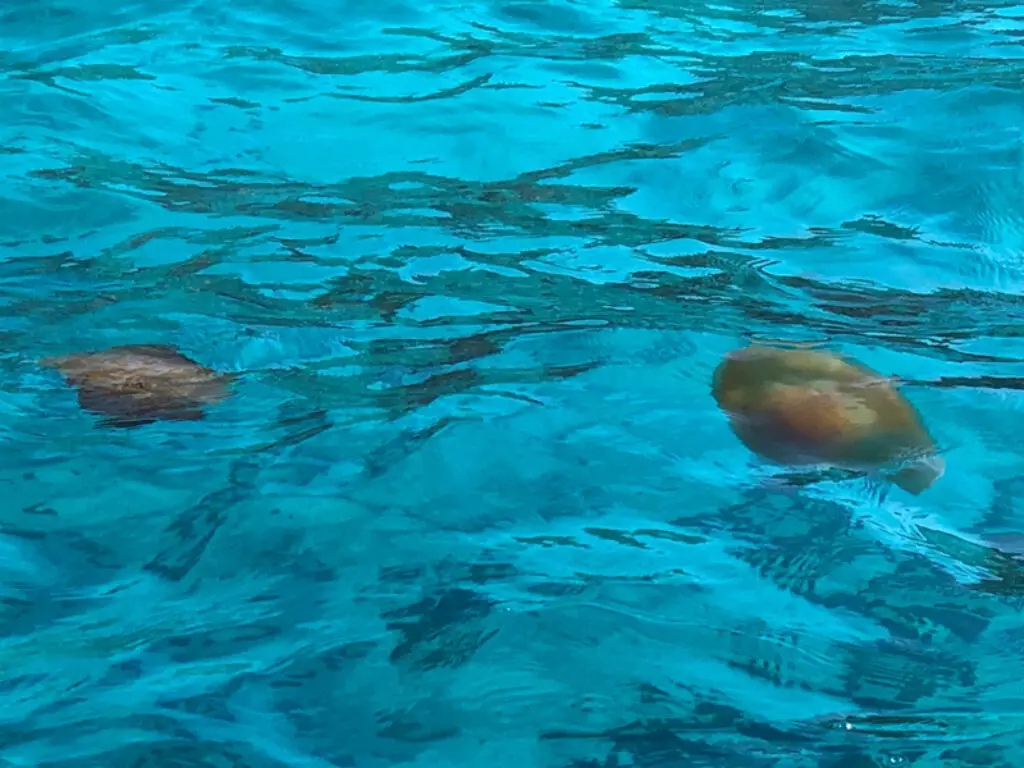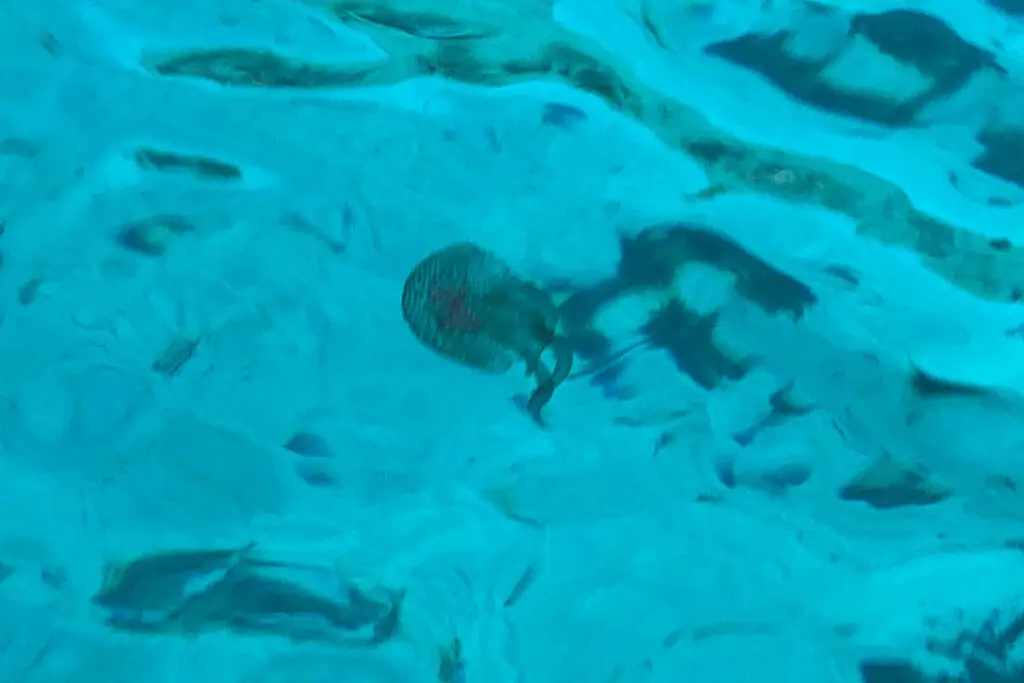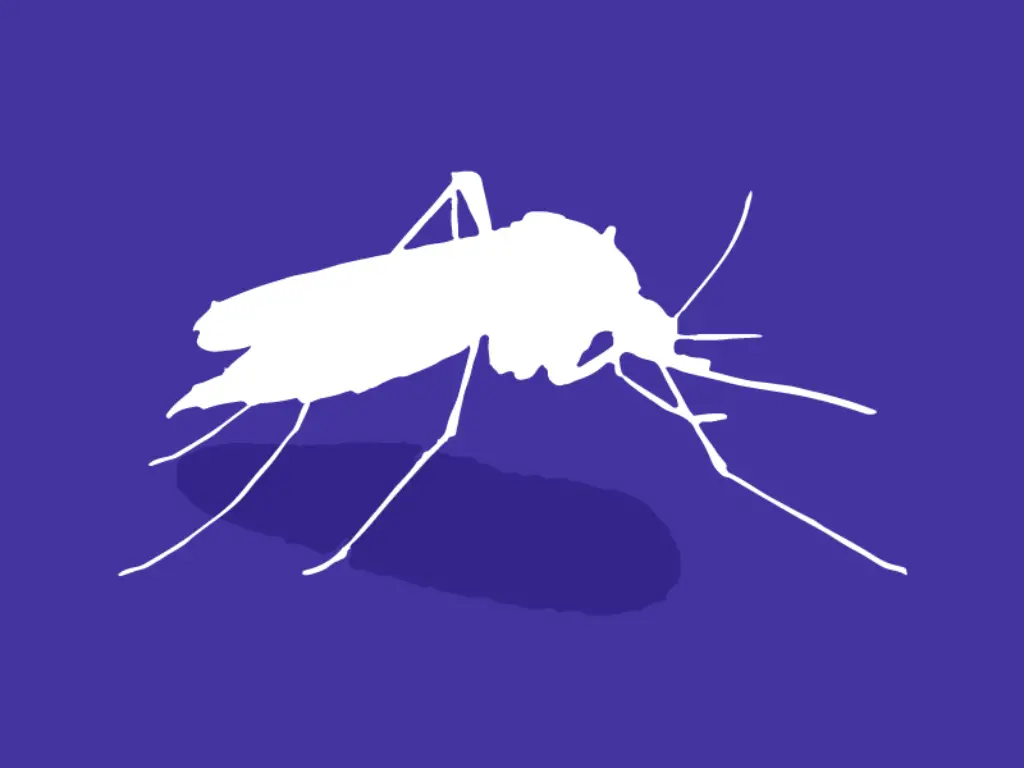Avoid Jellyfish in Sicily | Info | Live Bays | Treatment
From time to time, anyone that goes to the beach will encounter one or several jellyfish in Sicily. However, in some years there are higher population numbers making it more likely you will encounter them. The best thing you can do is to make informed decisions and take precautions to ensure you enjoy you time at the beach.
There are around 50 species of jellyfish in Sicilian waters, most of which are harmless or inflict mild stings. However, others inflict more painful stings causing discomfort that could potentially last for weeks. On rare occasions, swimmers encounter the Portuguese Man o’War, a jellyfish-like species that can be potentially deadly to humans.
Below is more information on the best live bays to avoid jellyfish, the different types of jellyfish and which ones to look out for, other handy information and treatments.
Jellyfish Season in Sicily
Jellyfish season in Sicily is typically during the warmer months when seawater temperatures rise. Specifically, from May or June and lasting through September or early October.
During this period, the increased water temperatures and favourable conditions lead to higher jellyfish activity and population growth. However jellyfish populations can fluctuate from year to year due to various factors including, water temperatures, currents, and environmental changes.
Avoiding Jellyfish in Sicily – Best Live Bays
Most of the time you will not encounter any jellyfish in Sicily. At most, you will encounter individual ones here and there that you can easily dodge. Some people get nets or items to fish them out and place them on the sand to remove the treat.
The most important thing is to always be aware of your surroundings. It is also helpful to casually glace over at other people to see if anyone spotted any jellyfish.
Additionally you can consult Meduseo, a live map that shows the jellyfish load. On the map you will see where there are very low to very high numbers of jellyfish across Sicily.
This map can help you decide to not go to the beach at all, or help you pick another beach. However, it is not always accurate and there can be some delay.
Jellyfish are passive drifters, so they will get carried by the wind and sea currents. This means that when conditions change they will drift elsewhere. So in the morning there might not be any jellyfish and there may be in the afternoon.
One thing you can do, is keep some After Bite handy. It effectively treats some of the most common jellyfish stings and is conveniently packaged in a small, portable bottle for easy carrying. It is a popular product that you can conveniently add to your first aid kit that offers effective relief from both jellyfish stings and insect bites.
You can also find more detailed information on how treat jellyfish stings further down in this article.
Types of Jellyfish and What to Look Out For
There are around 50 species of jellyfish you can find in the waters around Sicily. However, the number of species can vary over time because of changes in environmental conditions and ongoing research. In fact, in the last couple of decades a few new species have entered through the Straights of Gibraltar into the Mediterranean from the Atlantic.
The most common jellyfish in Sicily include:
Barrel Jellyfish (Rhizostoma pulmo) – Also known as the dustbin-lid jellyfish, it has a large, rounded bell. It has a mild to insignificant sting that is mostly harmless to humans.
Moon Jellyfish (Aurelia Aurita) – Is recognisable by its translucent white bell and four horseshoe-shaped gonads. It has a mild to insignificant sting that is mostly harmless to humans.

Fried Egg Jellyfish (Cotylorhiza Tuberculate) It is known as the fried egg jellyfish due to its appearance. It has a brownish bell with a prominent bluish-white pattern resembling a fried egg. It has a mild to insignificant sting that is mostly harmless to humans.
Fried Egg Jellyfish (Cotylorhiza Erythraea) – Similar to Cotylorhiza tuberculata, it is also referred to as the fried egg jellyfish and is relatively common in the Mediterranean.
Nomad Jellyfish (Rhopilema Nomadica) – An invasive species that entered the Mediterranean Sea in the 1970’s. This jellyfish is originally from the Indo-Pacific region and has a more painful sting than the barrel, moon and friend egg jellyfish.

Mauve Stinger (Pelagia Noctiluca) – Is one of the most common and infamous jellyfish in the Mediterranean Sea. It is purple in colour and has one of the most painful and irritating stings of all the jellyfish in the Mediterranean.
Compass Jellyfish (Chrysaora hysoscella) – Has a brownish bell with V-shaped markings resembling a compass rose. It has a more potent sting than the mauve stinger that can result in more significant level of discomfort and pain.
Jellyfish-Like Siphonophores
There are also jellyfish-like species known as siphonophores that are actually colonies of organisms. They are invasive species originating from the Atlantic that made their way through the Straights of Gibraltar. They are:
Forskalia Edwardsi
Forskalia Edwardsi is rarely seen in Mediterranean and Sicilian waters and looks like a translucent sea snake. It does sting, but it is milder and poses a lower risk to human health than the Portuguese Man o’War.
Portuguese Man o’War
The Portuguese Man o’War is beautiful and fascinating to look at, but it possesses a nasty sting. Most people survive their encounter, albeit they are left with excoriating discomfort and pain from the sting.
However some people experience more severe reactions and even death. For example, this poor woman ended up in intensive care after her encounter with a Portuguese Man o’War off the Sicilian coast.
Sightings and encounters of the Portuguese Man o’War are rare. However some years there are no sightings and other times there may be several.
Treating Jellyfish Stings and When to Seek Medical Treatment
In case of a jellyfish or siphonophore sting, it is crucial to assess the severity of the situation. The most common jellyfish in Sicily usually result in stings that cause mild discomfort and irritation. However, some people may experience allergic reactions or more severe symptoms.
Treating Mild Stings
Here are the recommended steps to follow to treat stings from the more common jellyfish:
- Begin by rinsing the affected area with seawater for 5-10 minutes.
- Gently use a straight-edged item like a credit card along the area to remove the stinging cells, even if they are not visible to the eye.
- Apply vinegar, alcohol, or After Bite. After Bite is particularly handy because it comes in a portable compact bottle you can easily fit in your pocket.
However it is important to note, that if you experience a more severe reaction or the affected area does not subside over a couple of days, you should seek advice from a doctor.
Treating Siphonophore Stings
Siphonophores require a different approach. While they are generally not deadly, there have been cases where people died from their stings.
If you experience a sting from a siphonophore, here are the recommended steps to follow:
- Notify the lifeguard or contact the emergency line at 112 if there is no lifeguard present, so they can guide you on what to do.
- Apply seawater to the affected area. You should avoid using rubbing alcohol, freshwater, or ice, as these can release toxins from the tentacles.
- Carefully scrape off the stingers.
- Apply a hot pack to the area.
Related Articles

Discover Sicily with Kids: Travel Tips, and Family-Friendly Accommodations.

Mosquitoes in Sicily: Insights and Bite Prevention